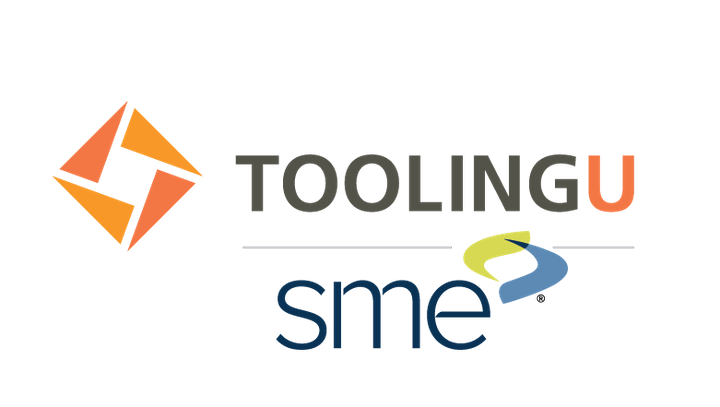Error-proofing uses individualized setups to inspect a part while it is still in production. Gage selection for in-line inspection depends on variables such as part type, production specifics, environment, and process control needs. Possible gaging options include limit or proximity switches, counters or timers, photoelectric or laser sensors, air gages, machine vision systems, and ultrasonic systems. In-line inspection is only feasible if it can be done with repeatability and accuracy. Inspection of parts during production, instead of after it is complete, allows a company to prevent errors before they occur and reach customers. After taking the class, users should be able to describe the various methods for incorporating in-line inspection into an established production process.
Course Objectives:
- Describe the purpose of in-line inspection
- Describe a rabit
- Describe how inspection equipment is used during production
- Describe different equipment options available for in-line inspection applications
- Describe considerations necessary for successful in-line gage selection
- Explain how part type affects in-line gage selection
- Describe how part production variables affect in-line gage selection
- Describe the production environment variables that restrict in-line gage selection
- Describe process control
- Explain how machining processes impact in-line inspection
- Explain how the feasibility of in-line inspection depends on the situation
- Describe the costs and benefits of in-line inspection.
Recommended Background
- Recommended for manufacturing personnel, particularly for the quality control and inspection department.
Course ID
TU045
Skill Focus
Intermediate
Instructor(s)
Tooling U - SME
Employee Type
New Applicants,1st level Supervisors, Operations teams, Leadership
Method of Delivery
Online
Estimated Effort
2.5 hrs
Cost
Contact for Price
Contact ToolingU for Course Program Details.
 Tooling U - SME
Tooling U - SME